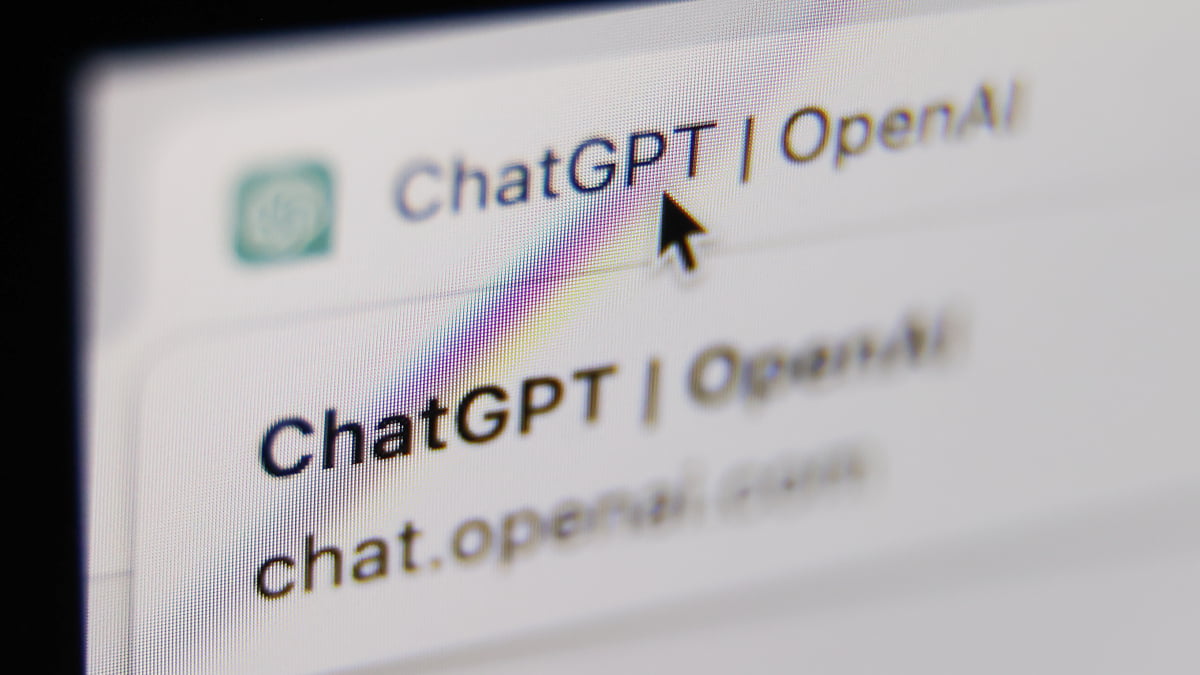The digital age has brought us many conveniences and advancements, but it has also created a new form of exclusion for those who are unable to keep up with technology. A recent study has shed light on the strong link between digital exclusion and the mental health of older adults.
The study, conducted by researchers at the University of Manchester, looked at how access to technology and digital skills impacted the mental well-being of older adults. The findings were clear: those who were digitally excluded were more likely to experience feelings of loneliness, isolation, and depression.
The reasons for this link are manifold. In today’s digital world, so much of our social interactions, access to information, and even basic services are reliant on technology. For older adults who are not able to navigate smartphones, computers, or the internet, this can lead to a sense of being left behind and disconnected from the world around them.
The study also found that those who were digitally excluded were more likely to have limited access to resources and support services, further exacerbating feelings of loneliness and isolation. This lack of access to information and services can also have a negative impact on their overall well-being, as they may struggle to manage their health conditions or access essential resources.
The implications of these findings are significant. As our society becomes increasingly digital, the divide between those who are tech-savvy and those who are not will only widen. If we do not address the issue of digital exclusion among older adults, we risk leaving behind a vulnerable population that is already at risk for mental health issues.
So, what can be done to address this issue? It is imperative that we work towards bridging the digital divide among older adults. This can be done through initiatives that provide technology training and support, as well as ensuring that essential services are accessible in non-digital formats.
Additionally, we must also work to create a more inclusive digital landscape that is accessible to all, regardless of age or technological proficiency. This means designing technology and digital services that are user-friendly and intuitive for older adults, as well as ensuring that there are alternative options for those who may not be able to use technology.
Ultimately, addressing the issue of digital exclusion among older adults is not only a matter of social justice, but also a matter of public health. By ensuring that all older adults have access to the digital tools and resources they need, we can help to alleviate feelings of loneliness and isolation, and improve the mental well-being of this vulnerable population.





